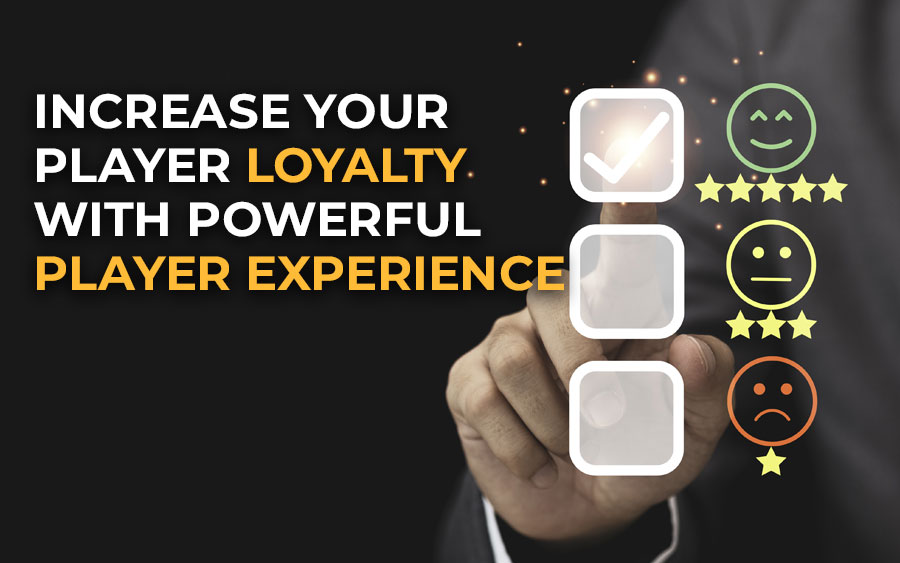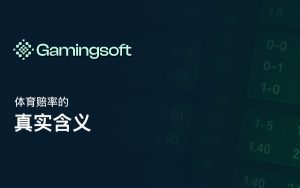CRM gamification in iGaming is no longer a buzzword — it’s a growth engine. In 2026, data-driven personalization and behavioral analytics are rewriting how online casinos retain players.
When CRM systems evolve from static data managers into real-time engagement platforms, operators can merge psychology and technology to sustain loyalty cycles far beyond traditional reward programs.
Gamification turns data into action. By weaving points, levels, and achievement missions into CRM workflows, brands convert user insights into motivation. The result? Players stay longer, engage deeper, and spend smarter.
This article explores how CRM gamification has matured into an intelligent retention framework for iGaming — backed by research, automation, and ethical engagement.
The 2026 Synergy: Why CRM × Gamification Defines Modern iGaming
CRM remains the backbone of customer data, while gamification provides the emotional layer. Together, they transform retention into an interactive ecosystem.
A Diva Portal study confirms that players exposed to gamified loyalty programs show higher emotional satisfaction, even without large monetary rewards — proving motivation can be intrinsic.
Data from “Why Do Online Casinos Need CRM?” shows that CRM already powers retention strategies through segmentation and automation. Gamification upgrades this logic: it visualizes progress, encourages milestones, and connects achievements to real-world rewards.
Instead of pushing promos, operators now design experiences — seasonal quests, progress dashboards, and loyalty avatars that make retention feel like play, not marketing.
How Gamified CRM Drives Retention 2.0
In 2026, retention is less about bonus cycles and more about predictive engagement. Modern CRMs like GamingSoft Connect use AI to detect behavior dips and automatically trigger gamified nudges before churn happens.
A SAGE Journal paper on motivational behavior revealed that players remain loyal when rewards align with personal mastery — not random luck. By mapping that psychology into CRM logic, operators can assign level-up challenges, time-bound streaks, or skill-based quests that adapt dynamically.
For instance, a returning player could unlock a “Hot Streak Reload” quest. Once completed, the CRM personalizes the next mission based on their preferred games. This adaptive flow mirrors techniques discussed in “Leveraging CRM Solutions for Sustained Success in Online Casinos“.
The loop looks like this: Data → Personalization → Motivation → Engagement → New Data.
This feedback cycle becomes the foundation of modern loyalty engines.
Practical Implementation Tips for Operators
Integrating gamification into CRM doesn’t require a complete system overhaul — it starts with identifying engagement gaps. Operators should map their existing CRM workflows, then align gamification mechanics with the customer journey.
Here are key steps:
- Start with segmentation. Use CRM data to identify player personas: casual, VIP, risk-averse, or reward-driven.
- Design scalable gamified goals. Missions and quests should align with spending patterns and compliance limits.
- Measure engagement, not just transactions. Metrics like quest completion rate, login streaks, and social sharing frequency are early indicators of loyalty.
- Integrate responsibly. Ethical gamification must balance reward and responsibility to prevent compulsive behavior.
Also, benchmark industry leaders like iGamingExpress to understand competitive standards, but always localize strategy. GamingSoft’s White Label ecosystem, for instance, enables operators to integrate these engagement layers while maintaining full data ownership.

Benefits of CRM Gamification for Operators
a. Personalized Engagement at Scale
Using predictive segmentation, CRM systems analyze thousands of player profiles daily. They generate missions that feel human — “Play 3 Live Casino Rounds Today to Earn a Badge.”
A UM eScholarship analysis found that adaptive rewards increase re-activation rates by 24 percent among inactive users. This shows that personalization works best when it feels like progression, not persuasion.
b. Data-Driven Loyalty Loops
Gamified CRM dashboards visualize player journeys. Real-time analytics identify friction points and auto-deploy re-engagement triggers.
The arXiv predictive modeling paper highlights how neural-network-based gamification models predict churn with 92 percent accuracy — allowing interventions before drop-off.
See examples in “What Makes Players Stay: 5 Retention Hacks That Actually Work“.
c. Sustainable, Long-Term Loyalty
Gamification isn’t about temporary excitement; it’s about rhythm. Automated cycles — like monthly tournaments or progressive challenges — turn engagement into habit.
When combined with CRM analytics, these programs deliver a measurable +40 % LTV increase (“Proven Strategies for Enhancing Online Casino Retention“).
Take the Next Step: Build Retention with GamingSoft’s White Label Solution
CRM gamification isn’t just a marketing trend — it’s a strategy that can redefine player retention for iGaming operators. By connecting behavioral data, automation, and interactive engagement, you can transform every customer journey into a personalized, rewarding experience.
GamingSoft’s White Label Solution offers operators everything they need to integrate CRM and gamification seamlessly. From data-driven player segmentation to automated loyalty missions, our platform helps you deliver engagement that lasts — responsibly and at scale.
Start turning data into experience and engagement into long-term loyalty. Discover how GamingSoft can help your brand gamify retention with measurable impact.
Conclusion
The fusion of CRM and gamification in iGaming has evolved from a simple marketing tactic into a strategic growth framework. When operators connect behavioral data with game-like engagement, they unlock a powerful retention engine that turns every interaction into measurable value.
CRM systems empower personalization; gamification transforms that data into emotion. Together, they enable iGaming brands to move beyond one-time promotions toward long-term loyalty — built on experience, recognition, and trust.
As the iGaming landscape grows increasingly competitive, those who master CRM gamification will stand out — not only by keeping players active, but by making them feel genuinely connected to the brand.





